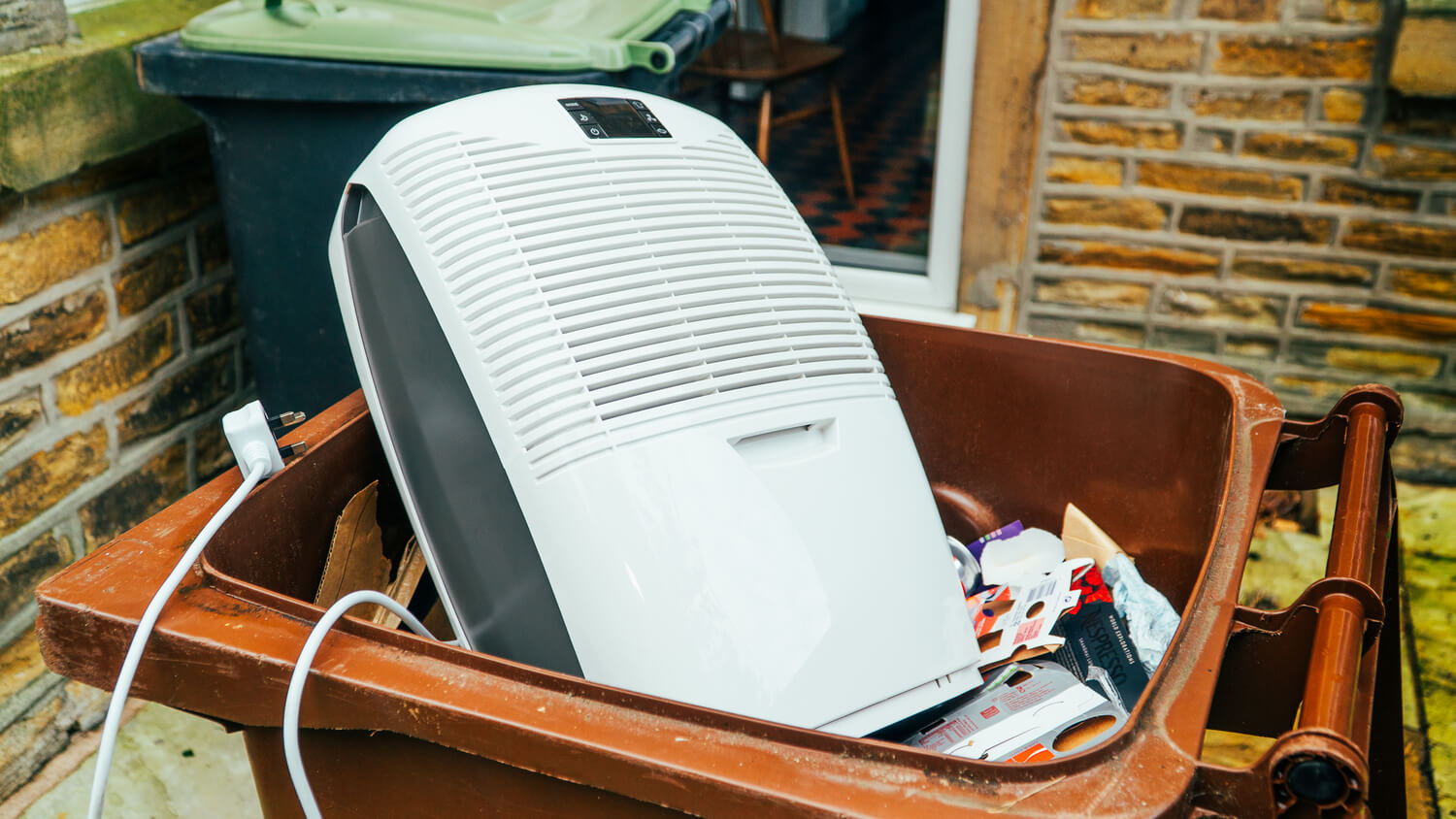

Articles
How To Dispose Of A Dehumidifier
Modified: December 6, 2023
Looking for articles on how to dispose of a dehumidifier? Find step-by-step guides and eco-friendly methods to safely get rid of your old dehumidifier.
(Many of the links in this article redirect to a specific reviewed product. Your purchase of these products through affiliate links helps to generate commission for Storables.com, at no extra cost. Learn more)
Introduction
Dehumidifiers are handy appliances that help remove excess moisture from our homes, preventing issues such as mold growth and musty odors. However, like any other electronic device, there may come a time when you need to dispose of your dehumidifier. Whether it’s because it’s no longer functioning or you want to upgrade to a newer model, it’s important to understand the proper way to dispose of a dehumidifier.
In this article, we will walk you through the step-by-step process of safely and responsibly disposing of a dehumidifier. From unplugging the device to following local regulations to donating or recycling, we will cover everything you need to know to ensure that your dehumidifier is properly handled.
Before we delve into the details, it’s important to note that dehumidifiers contain various components and materials that can be harmful to the environment if not disposed of correctly. Additionally, improper disposal may violate local laws and regulations. So, let’s get started and learn how to properly dispose of a dehumidifier.
Key Takeaways:
- Safely dispose of your dehumidifier by unplugging, emptying, and cleaning it before following local regulations for proper disposal or considering donation and recycling options.
- Responsible disposal of your dehumidifier contributes to a sustainable environment, reduces electronic waste, and may positively impact the lives of those in need through donation.
Read more: How To Dispose Of Chandelier
Step 1: Unplug the Dehumidifier
The first step in the disposal process is to ensure that the dehumidifier is completely unplugged from the power source. This is crucial for your safety and to prevent any electrical accidents during the disposal process.
Start by locating the power cord of your dehumidifier. Trace the cord from the electrical outlet to the back of the appliance. Once you have located the plug, gently pull it out from the socket. Make sure to hold onto the plug itself rather than pulling on the cord to avoid any potential damage.
Once the dehumidifier is unplugged, it’s a good practice to wait for a few minutes to let any residual electricity dissipate. This will help minimize any risk of electric shock when handling the appliance.
Remember, safety should always be your top priority when dealing with any electrical device. By taking the time to properly unplug your dehumidifier, you can ensure a safe disposal process.
Step 2: Empty the Water Reservoir
Most dehumidifiers come equipped with a water reservoir that collects the moisture they extract from the air. Before disposal, it is important to empty the water reservoir to prevent any potential leaks or spills.
Start by locating the water reservoir on your dehumidifier. It is typically located at the bottom or side of the appliance. Check the user manual or manufacturer’s instructions if you are unsure of its location.
Once you have located the water reservoir, carefully remove it from the dehumidifier. The reservoir may have a handle or a designated area for you to grip. Slowly tilt the reservoir over a sink or drain and pour out the accumulated water.
After emptying the water, it is advisable to clean the reservoir with mild soap and water. Use a sponge or cloth to wipe away any residue or build-up. Rinse the reservoir thoroughly to ensure it is free from any cleaning agents.
Once the water reservoir is completely emptied and cleaned, let it air dry before moving on to the next step. A dry reservoir reduces the risk of mold or mildew growth during storage or transportation.
By emptying and cleaning the water reservoir, you are preventing any potential leaks or water damage during the disposal process. It also ensures that the dehumidifier is ready for the next stage of the disposal process.
Step 3: Clean the Dehumidifier
Before disposing of your dehumidifier, it is essential to thoroughly clean the unit. Cleaning the dehumidifier not only ensures that it is in good condition for recycling or donation but also helps maintain hygiene and prevent any unpleasant odors.
Start by turning off and unplugging the dehumidifier, as mentioned in the previous step. This ensures that you can safely clean the appliance without the risk of electric shock.
Next, using a soft cloth or sponge, wipe down the exterior of the dehumidifier. Remove any dust, dirt, or debris that may have accumulated on the surface. Pay attention to the air intake and exhaust areas, as they tend to collect the most dirt.
For the internal components, consult the user manual or manufacturer’s instructions for specific cleaning guidelines. In general, you can use a damp cloth or a mild cleaning solution to clean the inside of the unit. Be careful not to get any electrical parts wet during the cleaning process.
If your dehumidifier has a removable air filter, remove it and clean it separately. Rinse the filter under running water or follow the manufacturer’s instructions for cleaning. Allow the filter to air dry completely before reinserting it into the dehumidifier.
Once you have finished cleaning the dehumidifier, ensure that all parts are dry before moving on to the next step. Moisture can lead to mold growth, so it is crucial to eliminate any dampness.
By cleaning your dehumidifier thoroughly, you are not only maintaining its functionality but also ensuring its safe disposal.
When disposing of a dehumidifier, first unplug it and remove any water from the reservoir. Check with your local waste management facility for proper disposal guidelines, as some components may be recyclable.
Step 4: Follow Local Regulations for Disposal
When disposing of a dehumidifier, it is important to follow local regulations and guidelines to ensure proper and responsible disposal. Different regions may have specific requirements and restrictions for the disposal of electronic appliances, including dehumidifiers.
Start by researching the regulations in your area. Check with your local municipality, recycling centers, or waste management organizations to understand the specific guidelines for disposing of dehumidifiers. They will provide you with information on whether these appliances can be discarded with regular household waste or if there are designated drop-off locations or recycling programs available.
In some cases, you may be required to schedule a special pickup or drop-off at a recycling center or participate in an electronic waste collection event. These initiatives ensure that hazardous materials and components in dehumidifiers are properly handled and recycled in an environmentally friendly manner.
It is crucial to adhere to these regulations to prevent any potential harm to the environment and to ensure that the dehumidifier’s materials can be properly recycled or disposed of according to industry standards.
Remember, improper disposal of electronic devices can have detrimental effects on the environment, as they contain hazardous substances such as lead, mercury, and flame retardants. By following local disposal regulations, you are contributing to the conservation of natural resources and the reduction of electronic waste in our landfills.
Read more: How A Dehumidifier Works
Step 5: Donate or Recycle the Dehumidifier
Once you have ensured that all the necessary steps for safe disposal have been completed, it’s time to consider donating or recycling your dehumidifier. This step allows you to give your appliance a second life or contribute to the proper handling of its materials.
If your dehumidifier is still in good working condition and meets the safety standards, consider donating it to a local charity, community organization, or someone in need. Many organizations, such as homeless shelters, community centers, or low-income housing facilities, may greatly benefit from receiving a functional dehumidifier.
Reach out to these organizations to inquire about their acceptance policies and any requirements for donating appliances. Some may require you to provide proof of functionality or schedule a pickup, while others may have designated drop-off locations for donations.
If your dehumidifier is no longer functioning or is not suitable for donation, recycling is the best course of action. Recycling helps recover valuable materials and reduces the need for raw materials extraction.
Contact your local recycling center or electronic waste recycling facility to find out if they accept dehumidifiers. They will provide you with information on how and where to drop off the appliance for recycling. Some recycling centers may even offer pick-up services for large appliances like dehumidifiers.
When recycling the dehumidifier, the facility will dismantle the appliance and separate the different components for proper recycling and disposal of hazardous materials. This process ensures that valuable metals, plastics, and other materials can be reused in manufacturing new products.
By donating or recycling your dehumidifier, you are extending its lifespan, reducing waste, and contributing to a more sustainable environment.
Conclusion
Properly disposing of a dehumidifier is not only important for the safety of the environment but also for your own well-being. Following the necessary steps ensures that the appliance is handled responsibly and that its components are recycled or disposed of correctly.
Throughout this article, we have covered the step-by-step process of disposing of a dehumidifier. These steps include unplugging the device, emptying the water reservoir, cleaning the unit, following local disposal regulations, and considering options for donation or recycling.
By responsibly disposing of your dehumidifier, you are minimizing electronic waste, reducing the extraction of raw materials, and contributing to a more sustainable future. Additionally, donating a functional dehumidifier to those in need can make a positive impact on their quality of life.
Remember to always research and adhere to local regulations and guidelines when disposing of any electronic devices. These regulations are in place to protect the environment and ensure the proper handling and recycling of hazardous materials.
With a little effort and awareness, you can make a significant difference when it comes to disposing of your dehumidifier. By taking the time to unplug, empty, clean, and follow local regulations, you are promoting a cleaner and healthier environment for everyone.
So, the next time you need to dispose of a dehumidifier, make sure to follow these steps and do your part in responsible electronic waste management.
Frequently Asked Questions about How To Dispose Of A Dehumidifier
Was this page helpful?
At Storables.com, we guarantee accurate and reliable information. Our content, validated by Expert Board Contributors, is crafted following stringent Editorial Policies. We're committed to providing you with well-researched, expert-backed insights for all your informational needs.
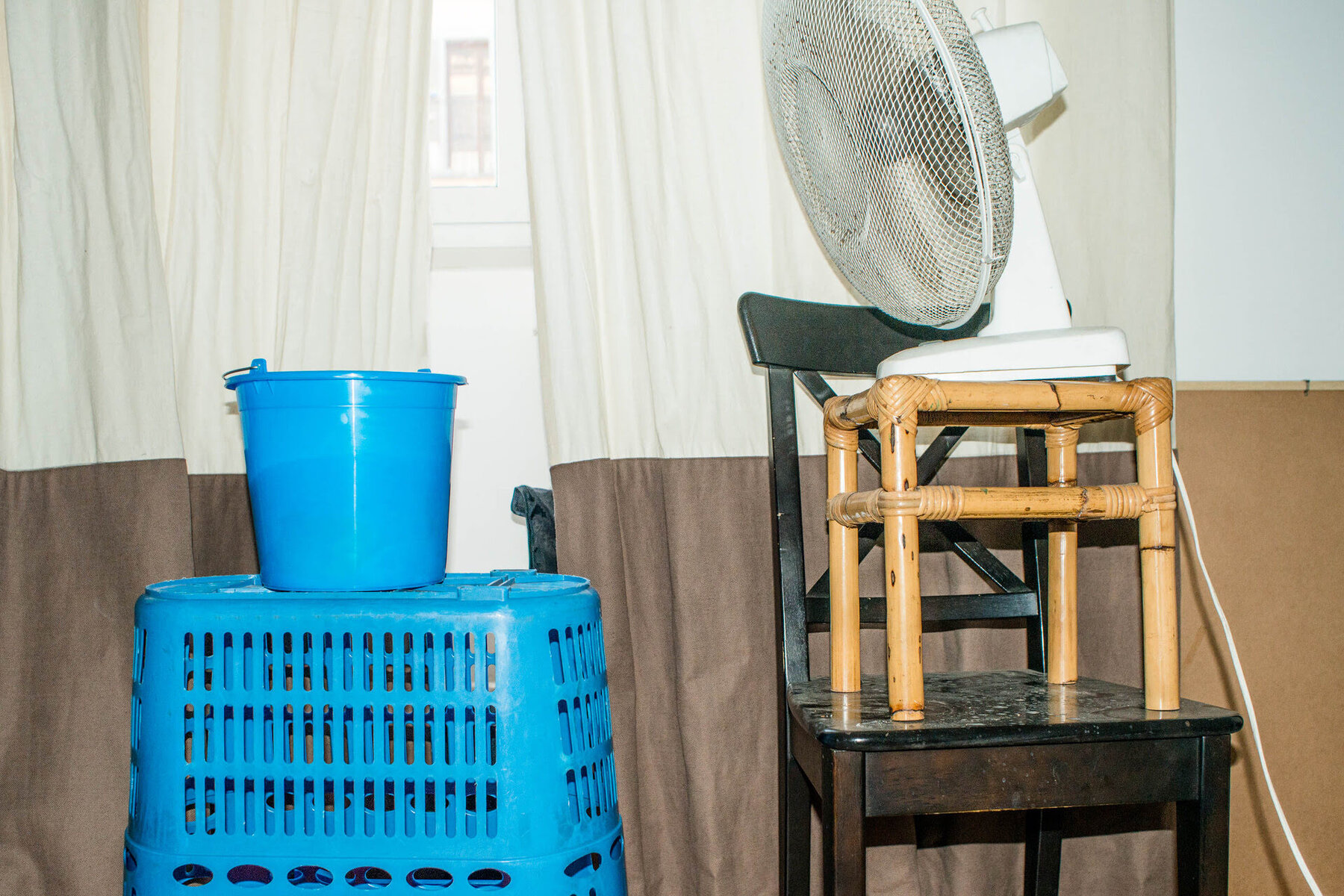
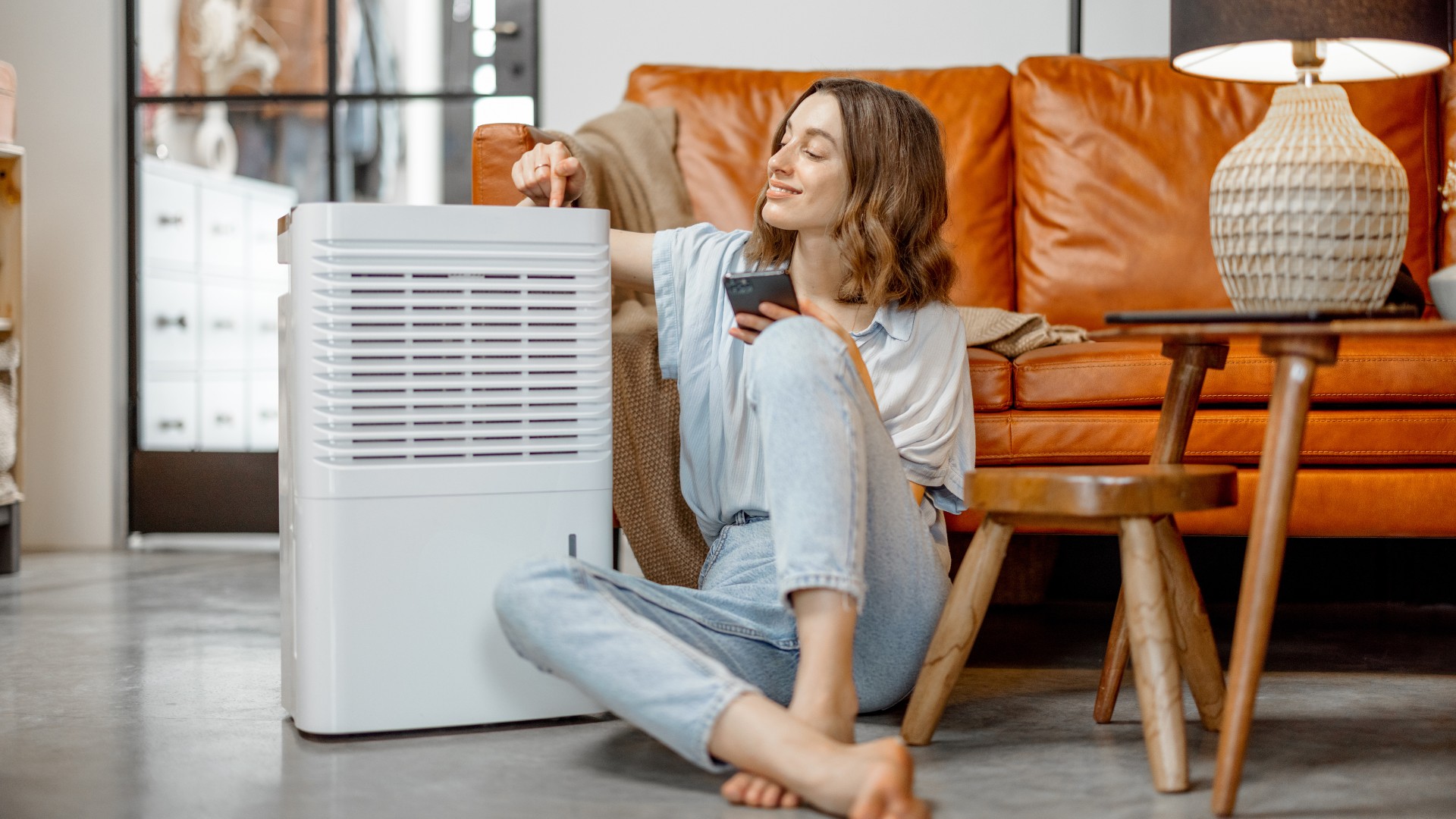
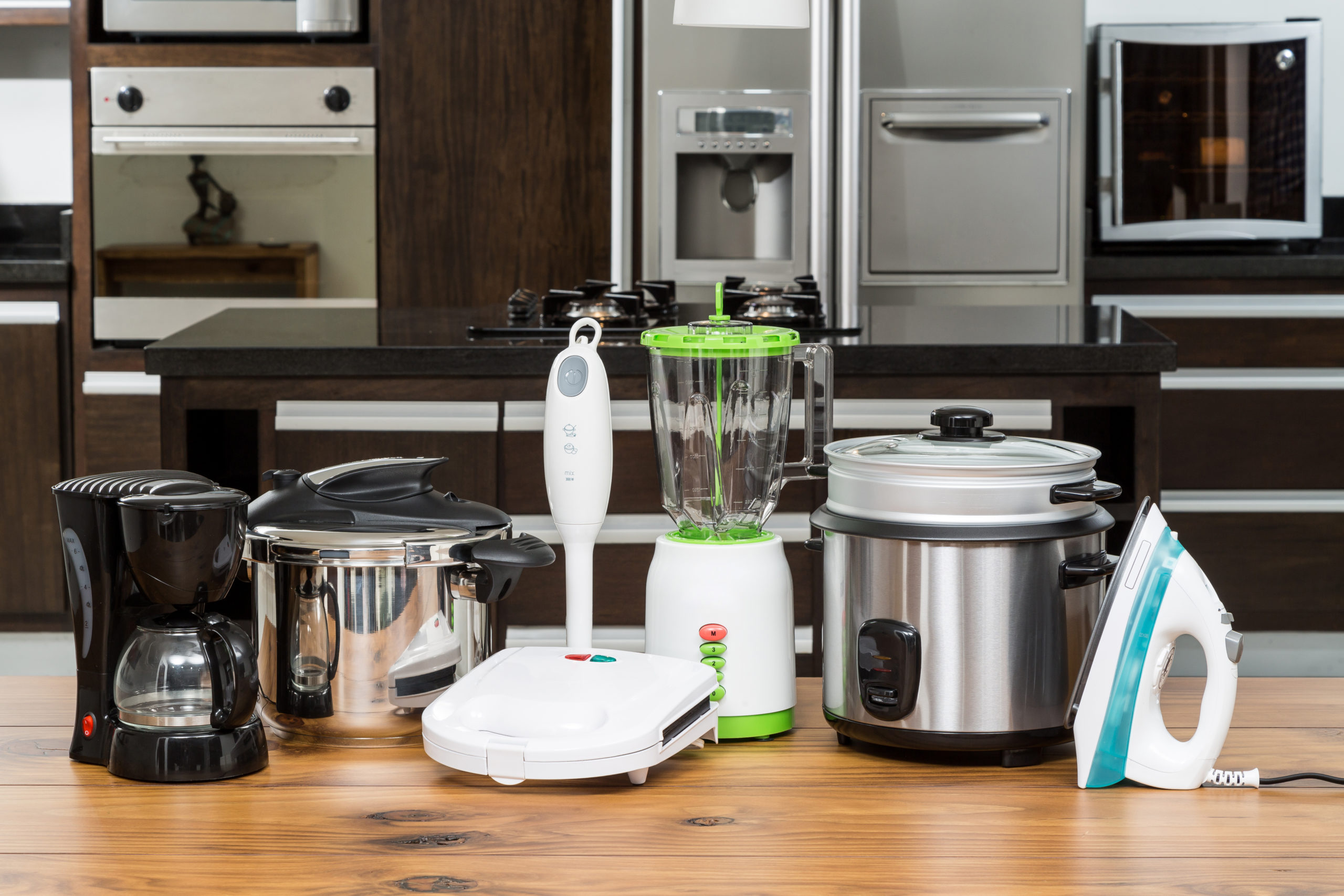
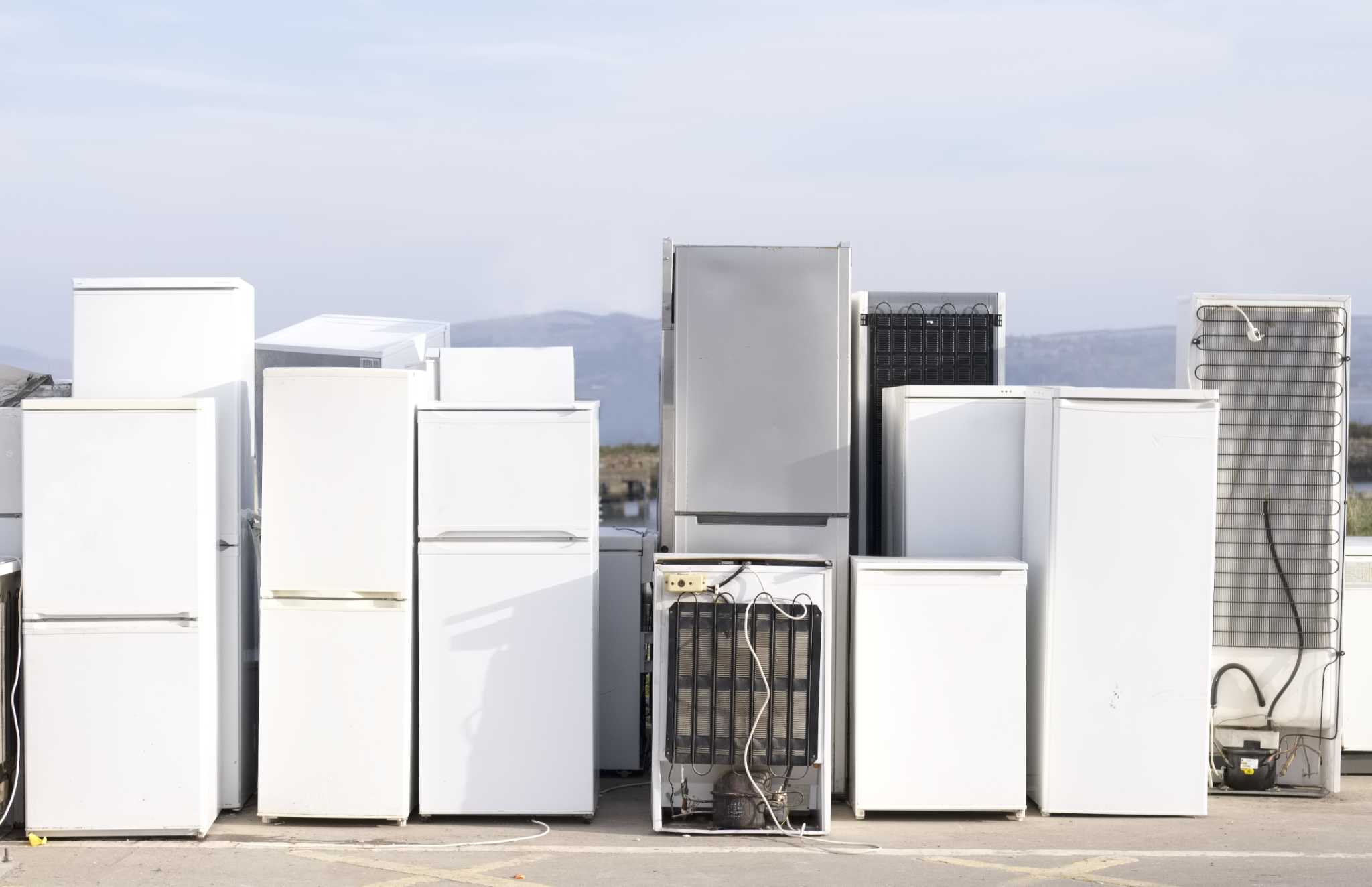
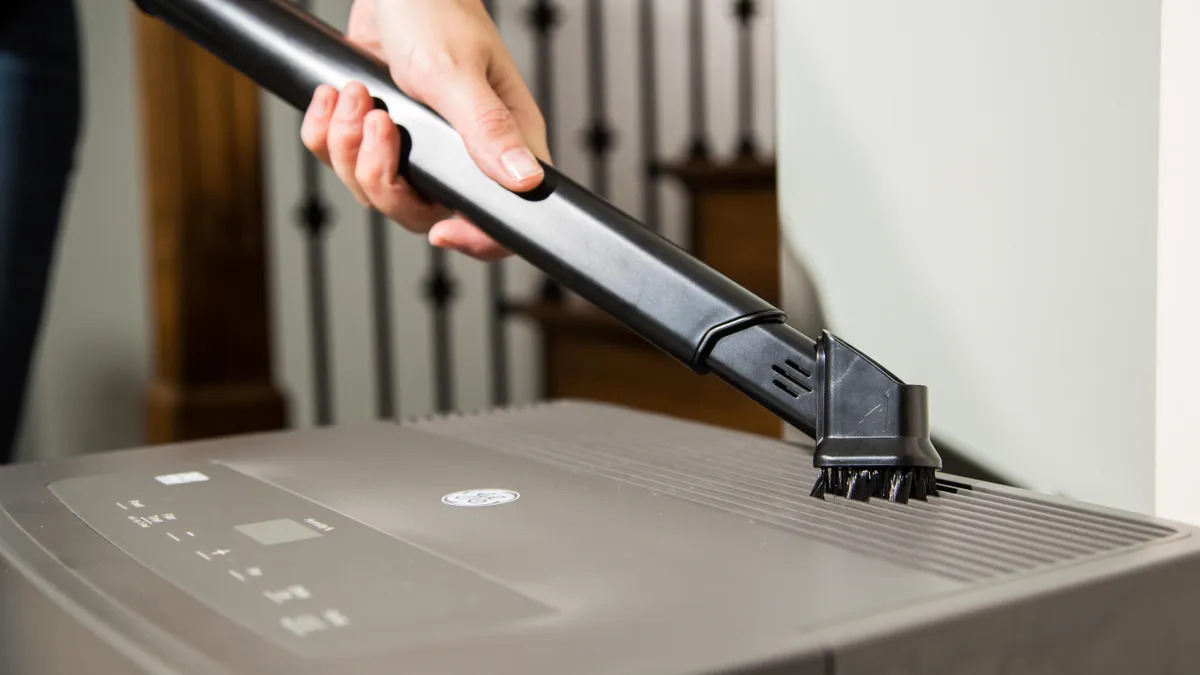
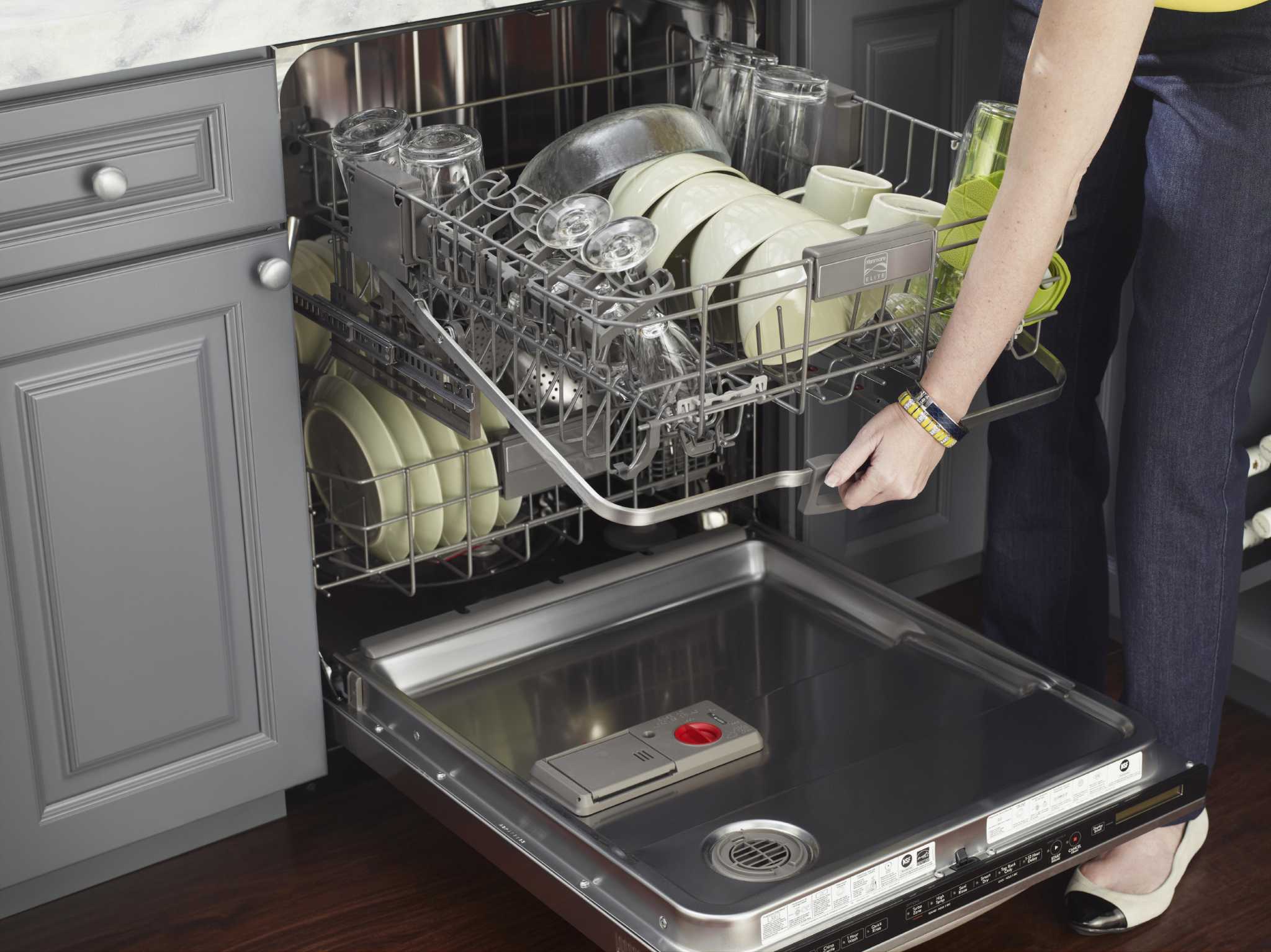
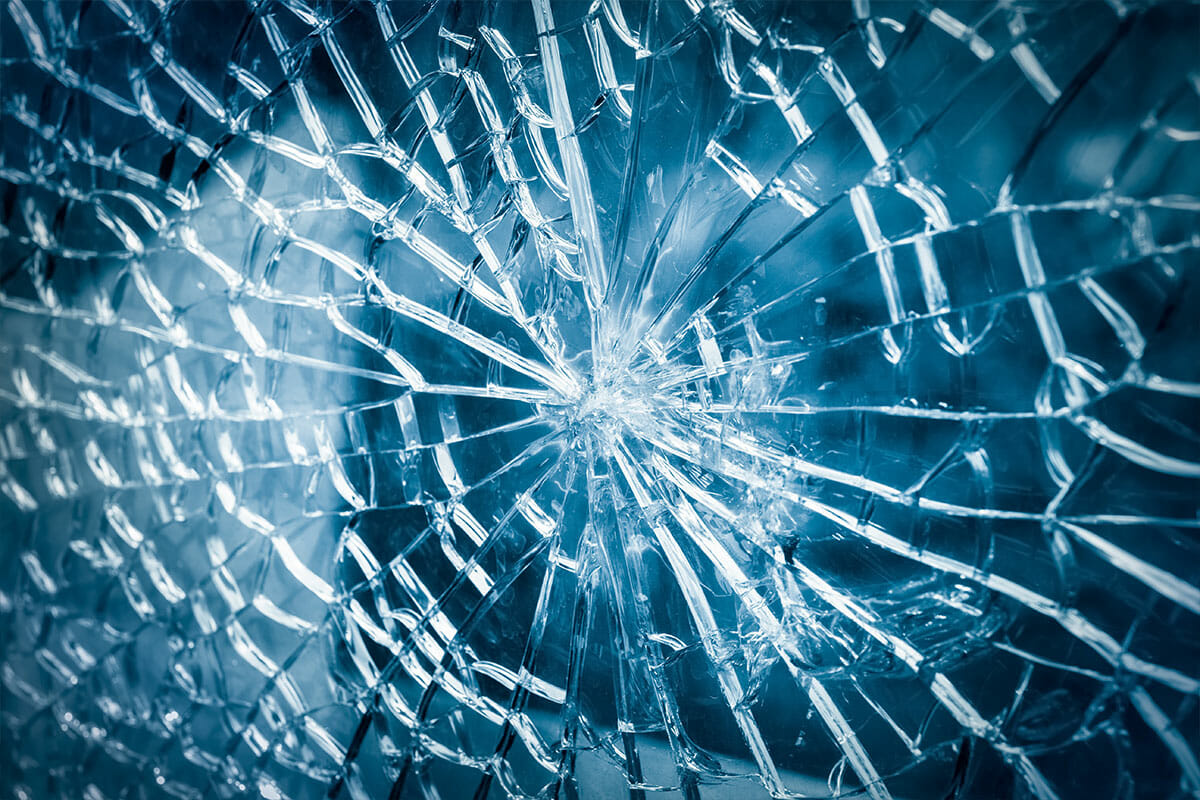
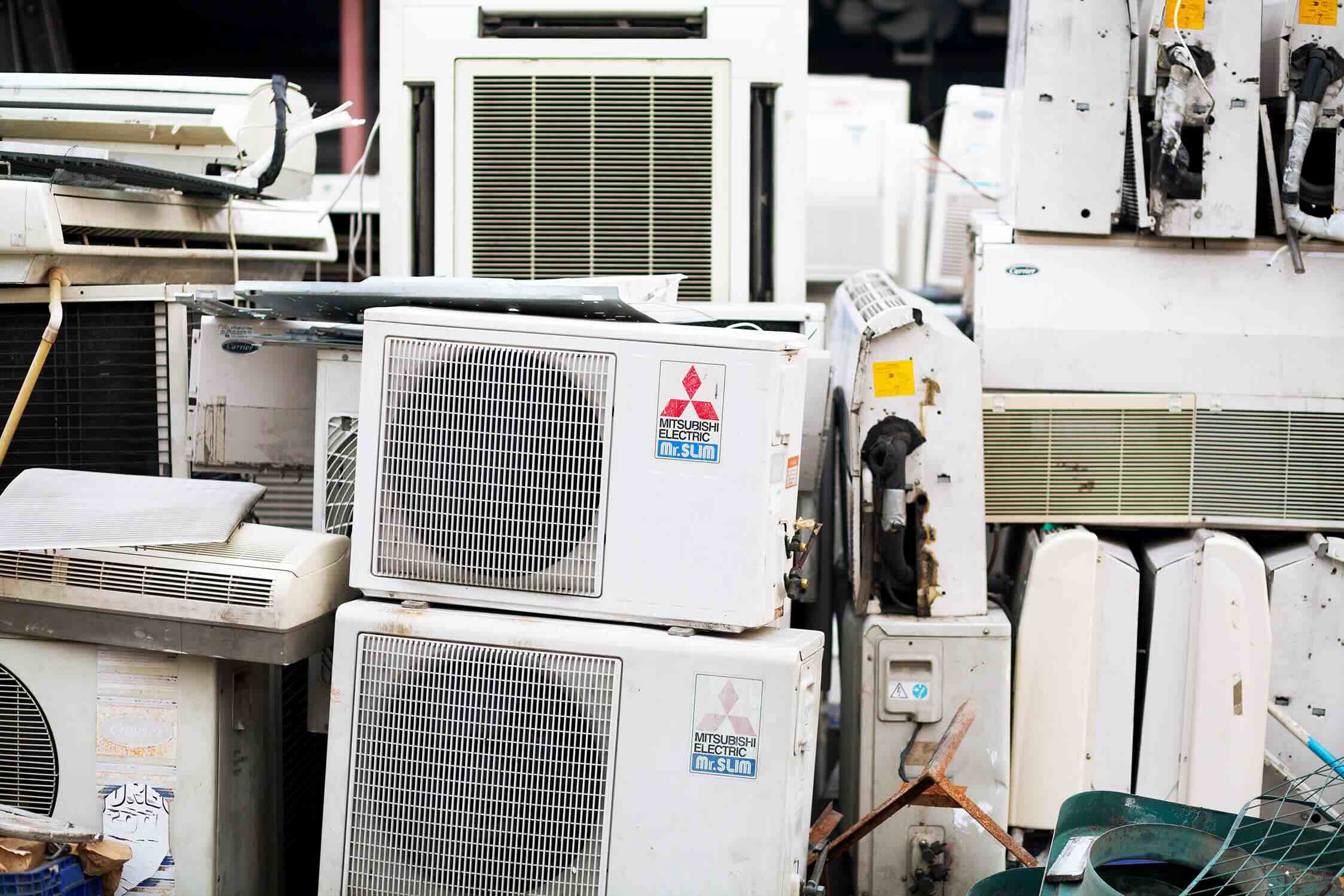
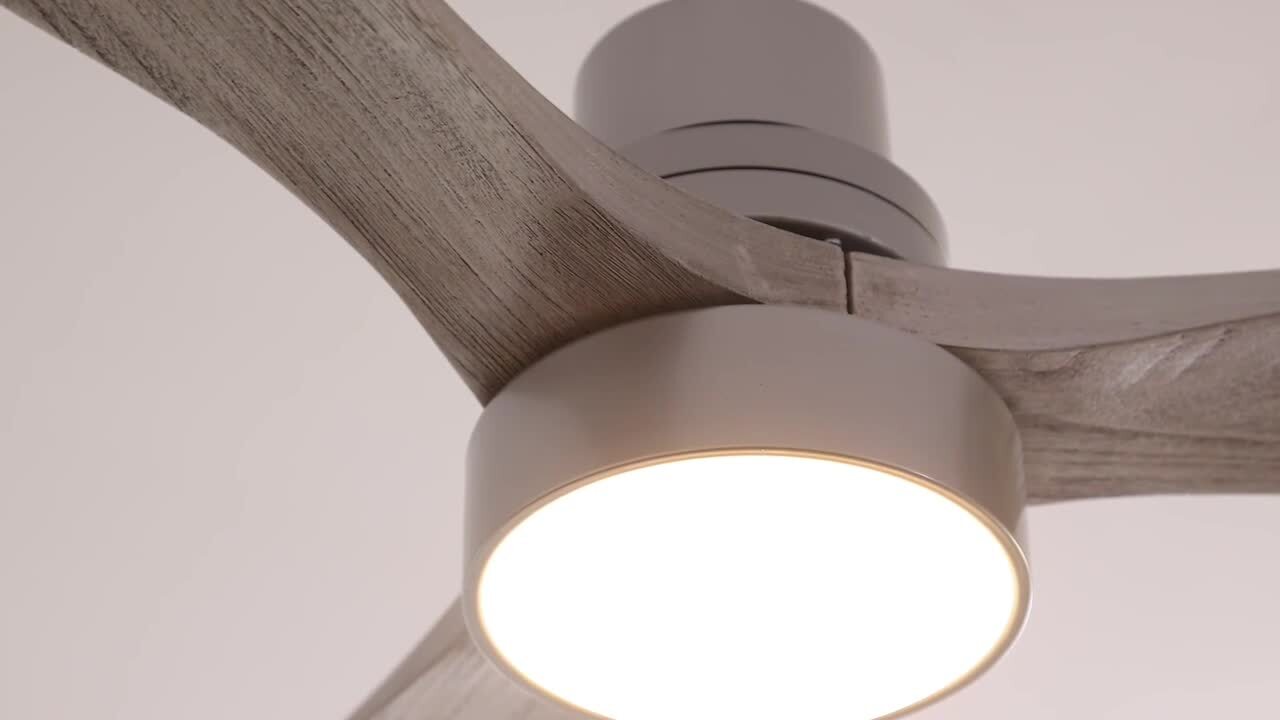
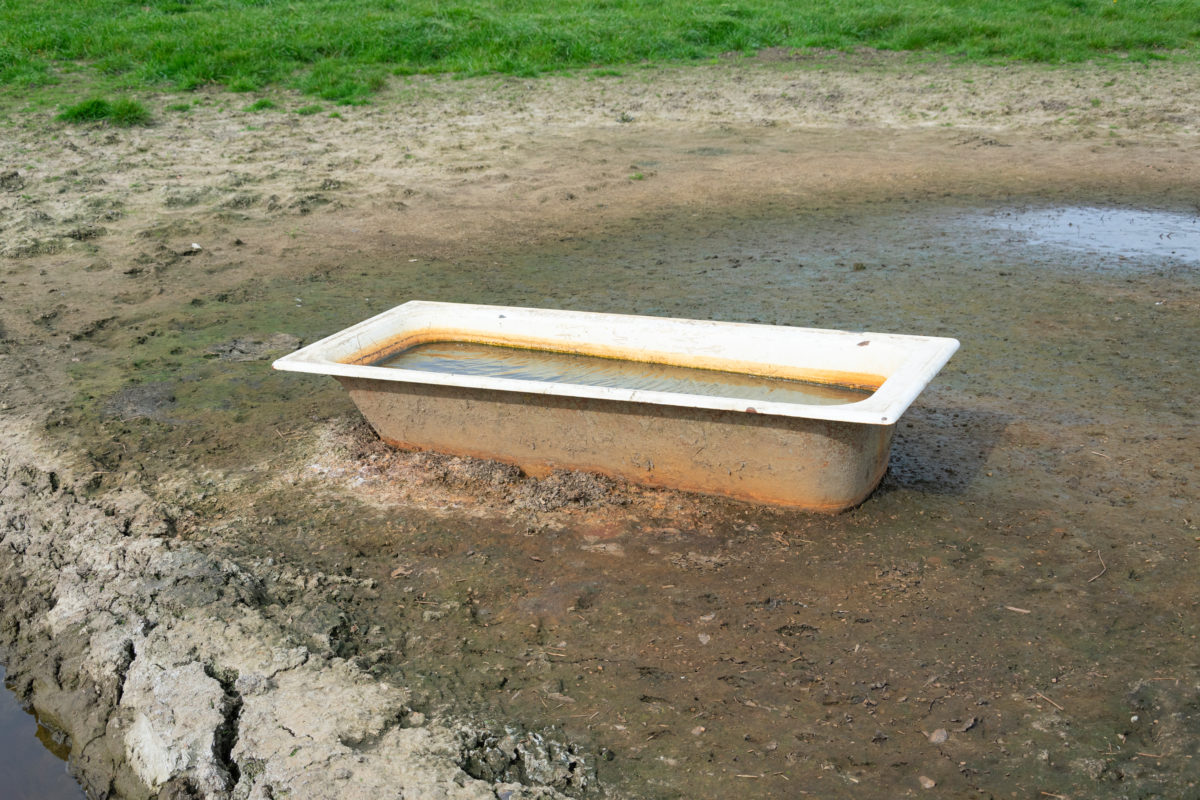
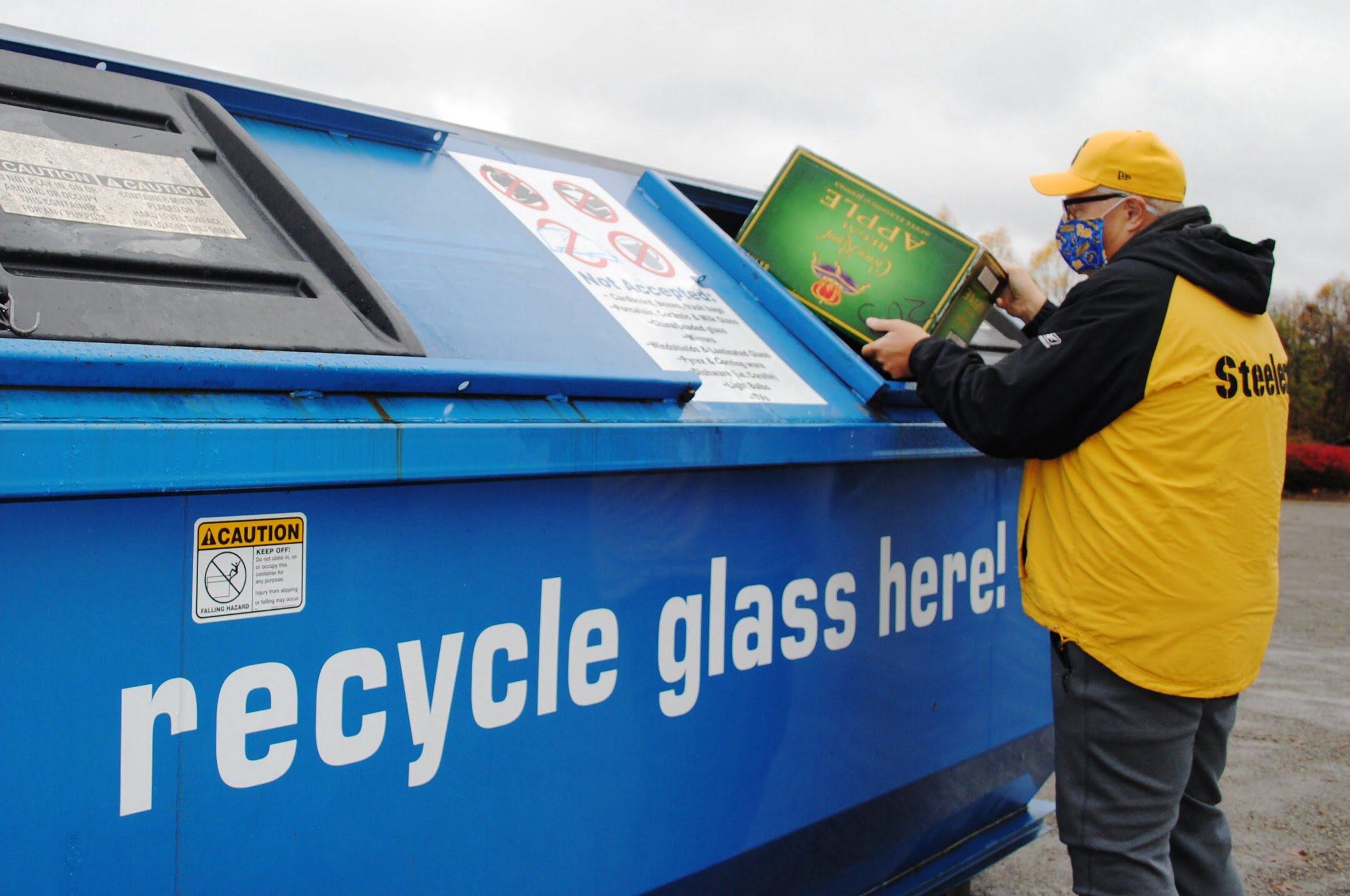
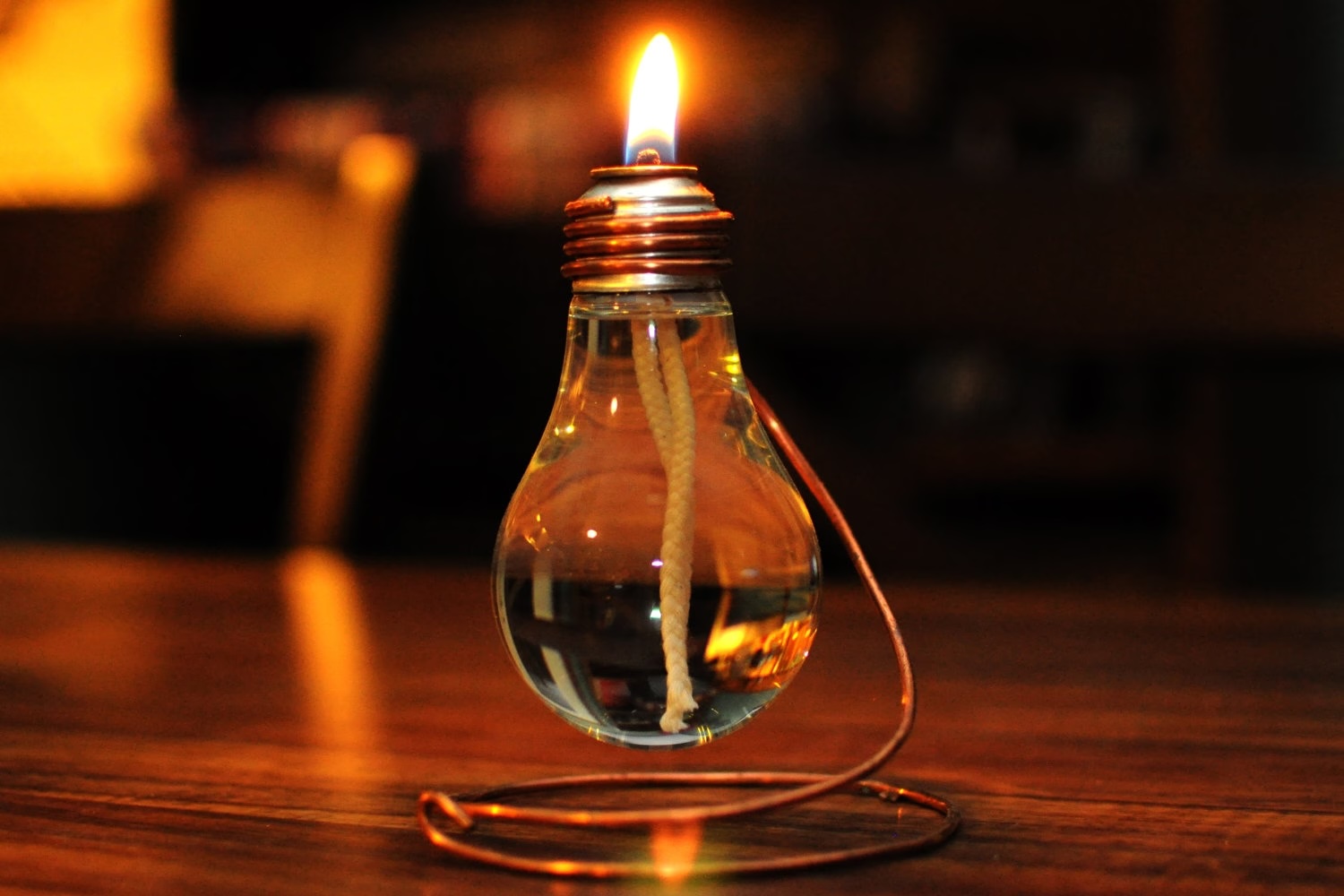
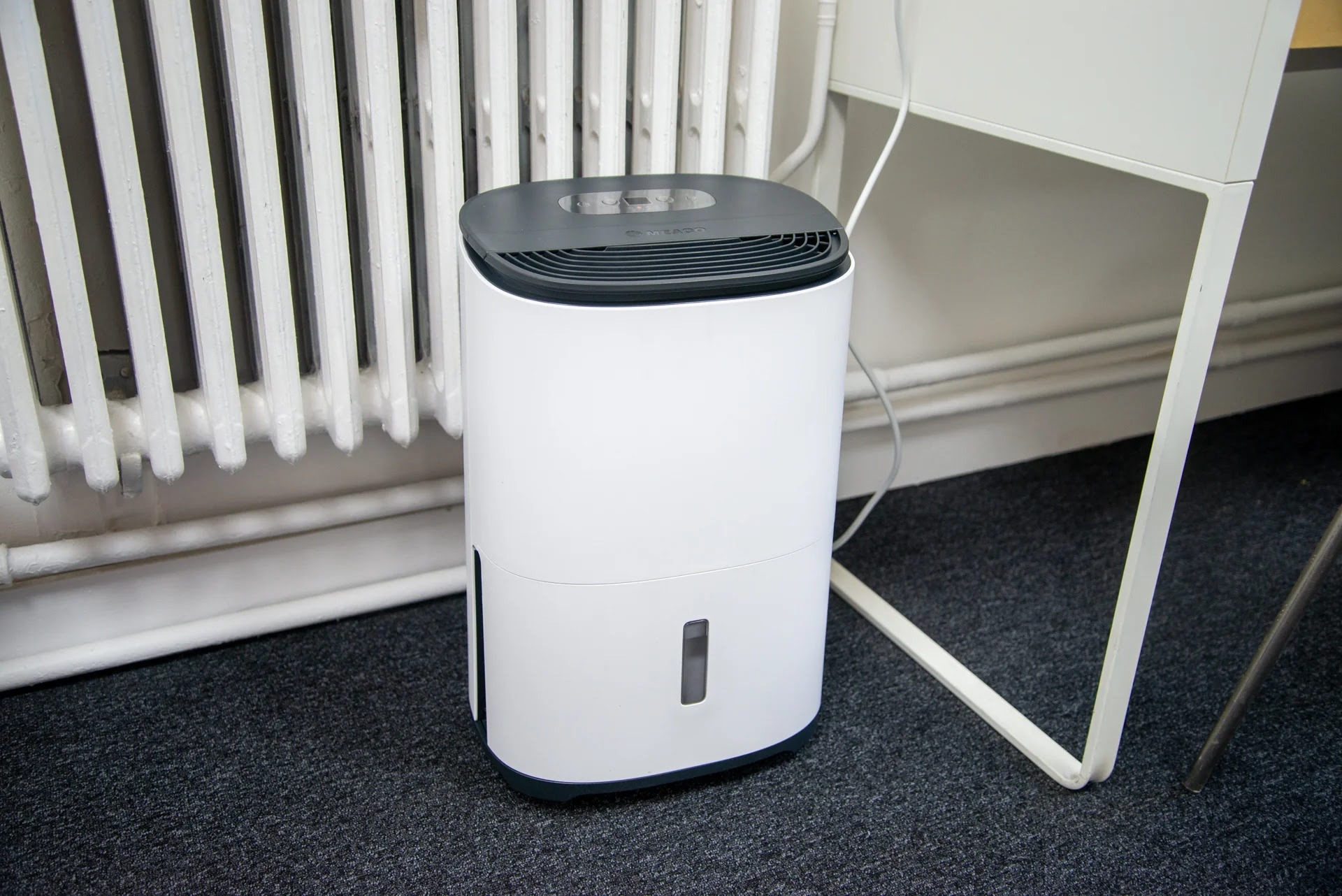
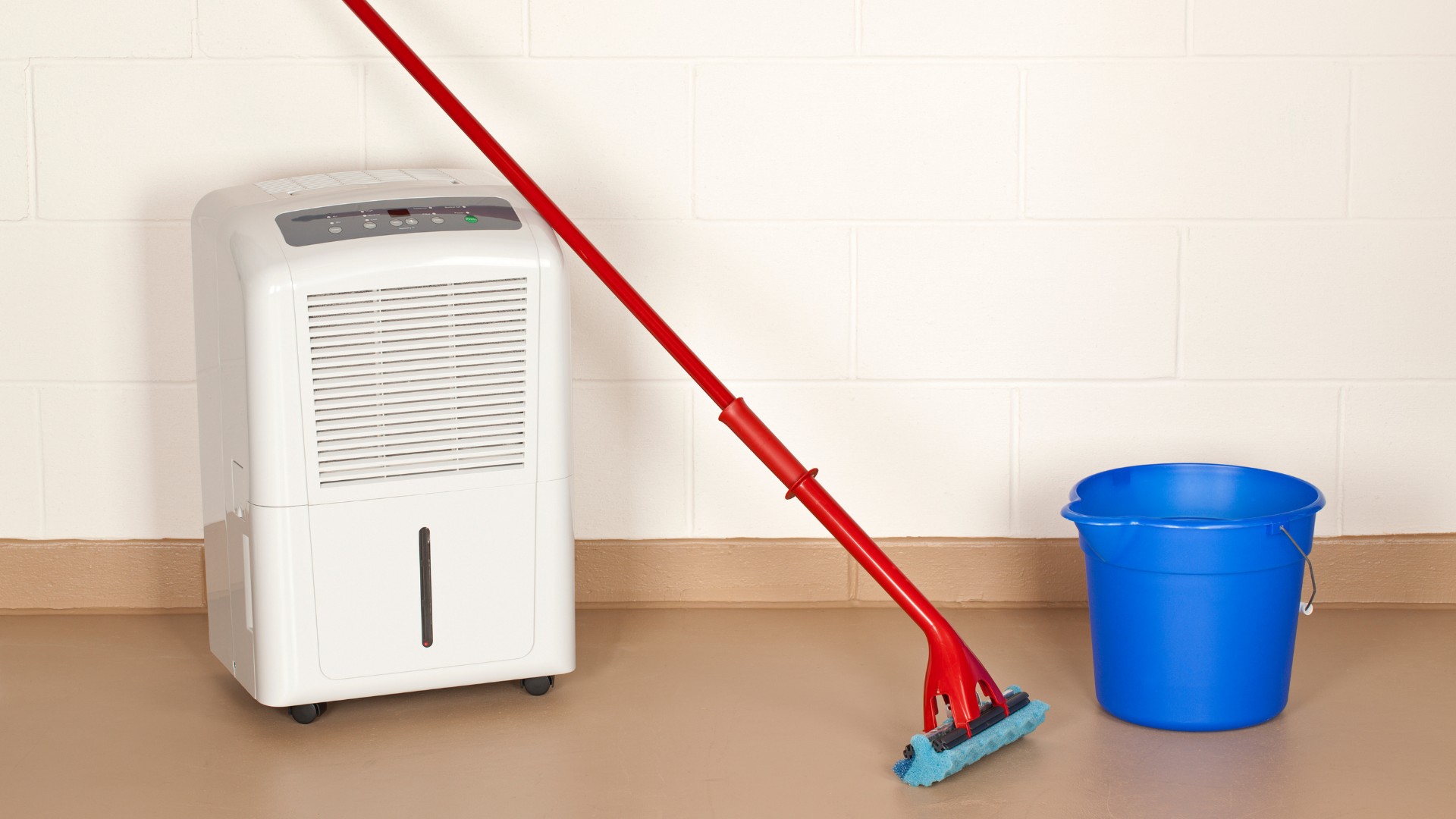

0 thoughts on “How To Dispose Of A Dehumidifier”